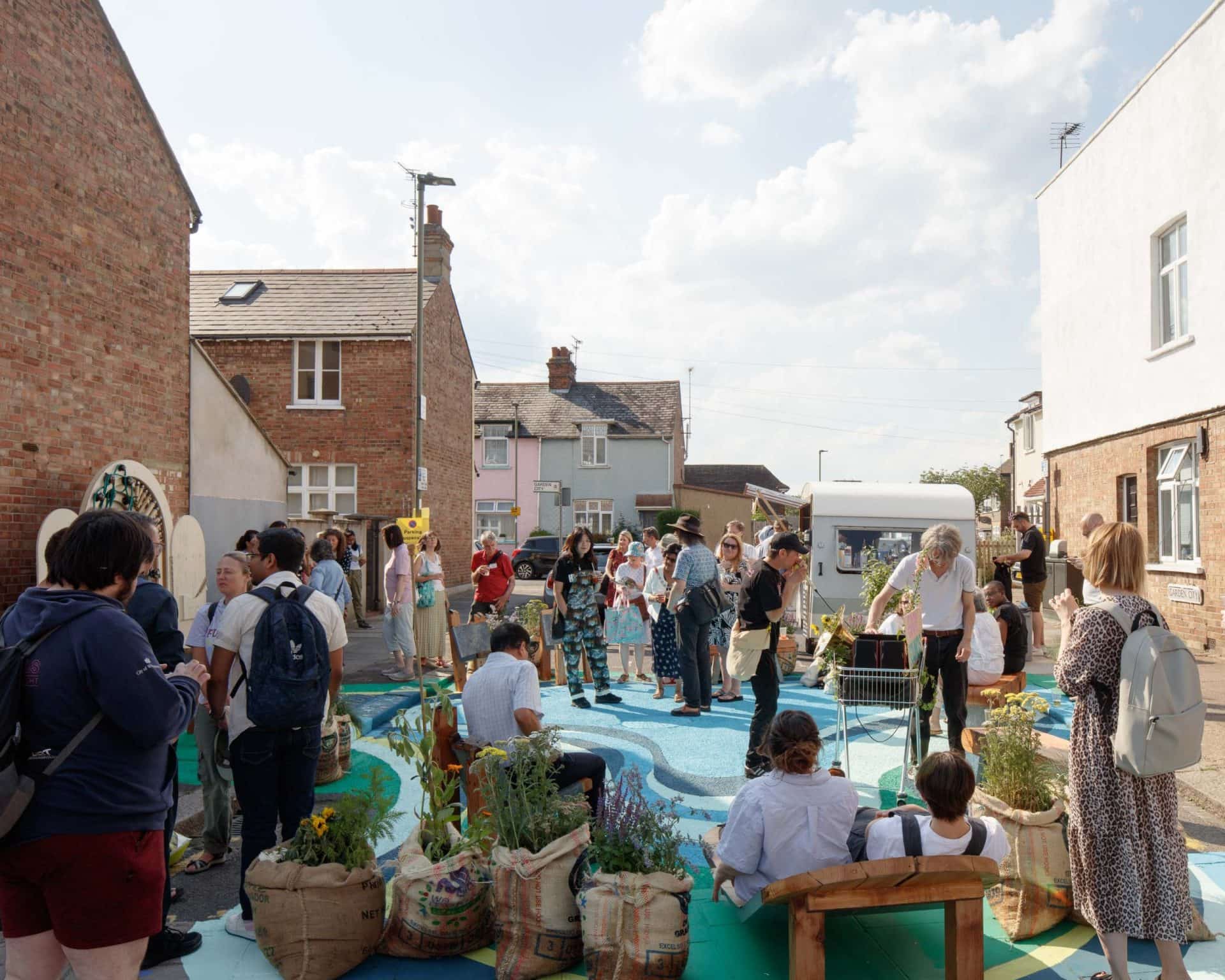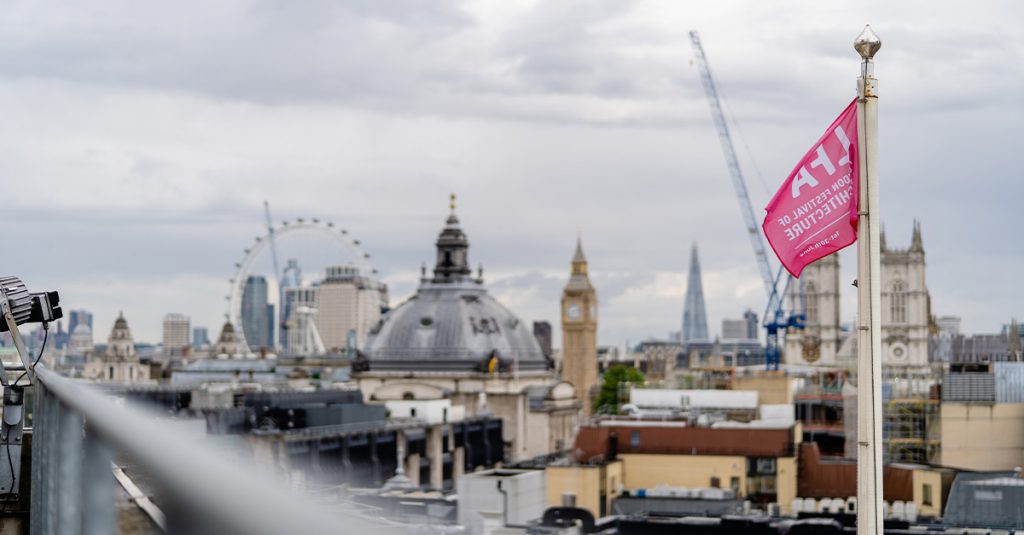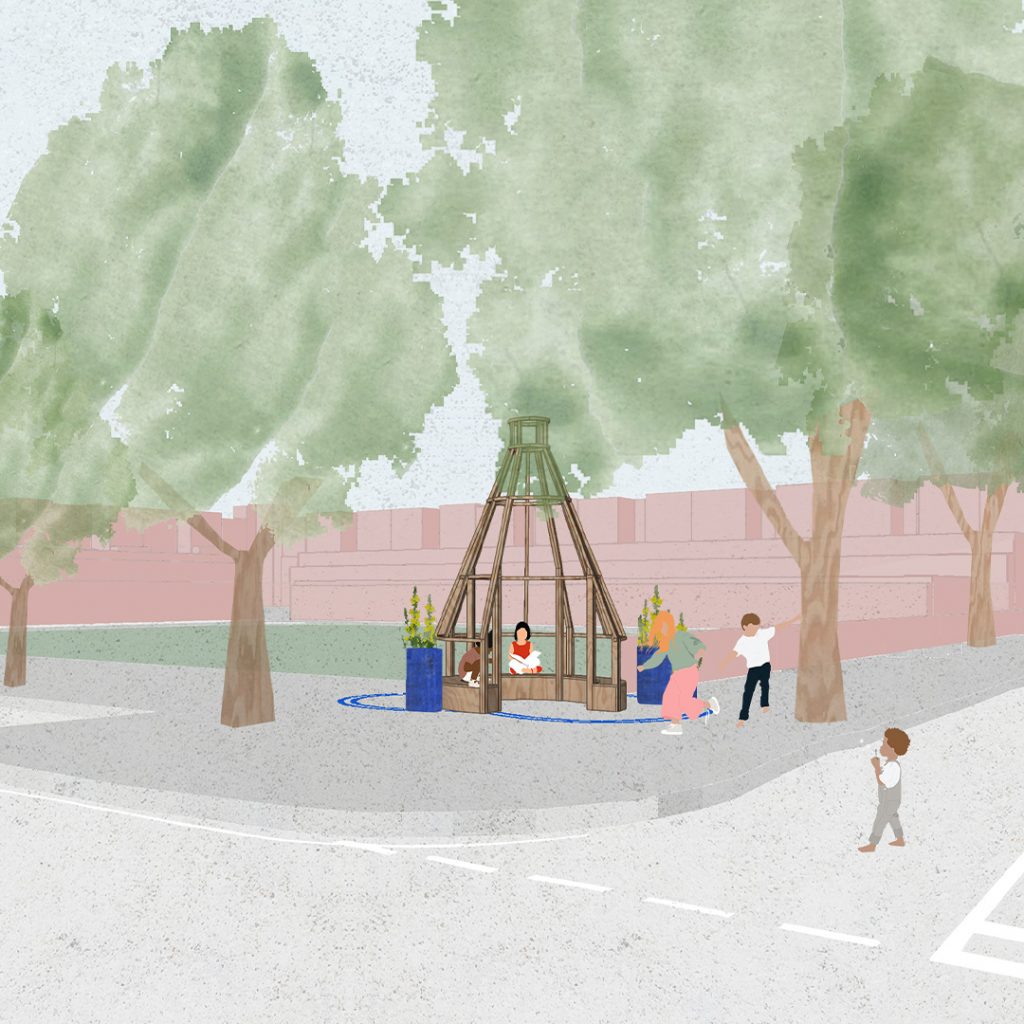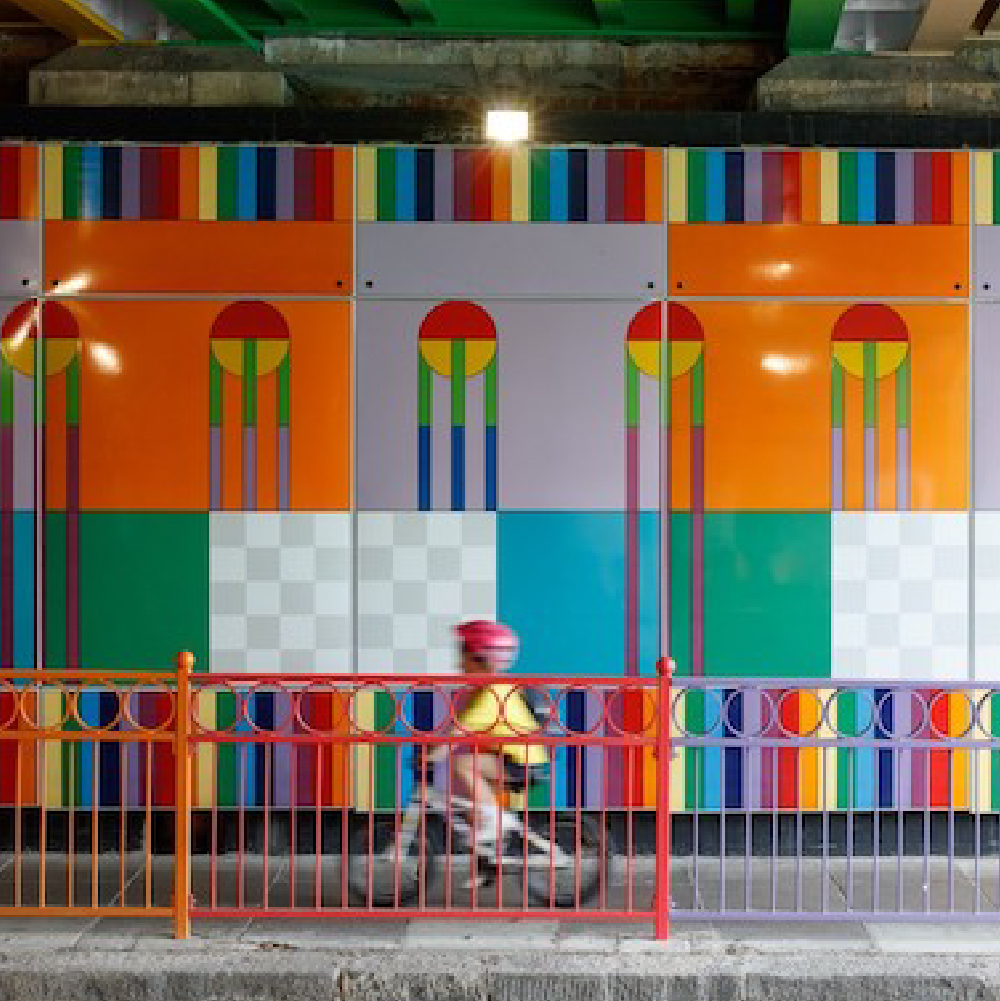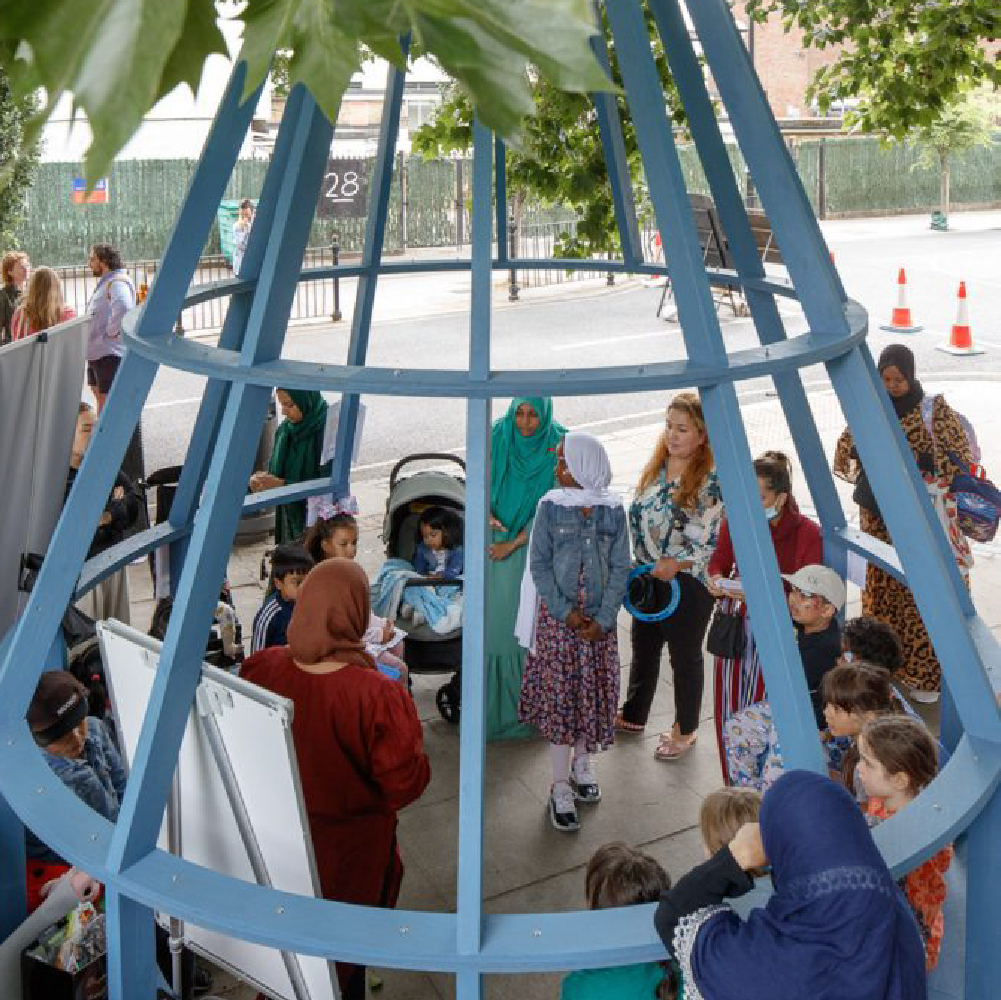
- This essay from Rt Hon Ed Vaizey MP is part of a series of essays on identity and architecture commissioned by the LFA. Identity is the theme of this year’s festival.
The Houses of Parliament have had a rough ride over the years. Ravaged by fire, peppered with bombs, and now crumbling into the Thames. The reconstruction has been extensive and recurrent. As the building has evolved, so too has its impact on our identity.
A royal residence in the early 1000s, an “incomparable structure” according to William Fitzstephen in his 12thCentury description of London, with a grandeur and scale befitting of its regal occupants, Westminster Hall was the largest structure of its type in Europe at the time.
The site has been the full-time home of Parliament since the 1500s, with most of the present-day Palace built following a ruinous fire in 1834. A competition for its redesign followed – won by Sir Charles Barry, with the help of Augustus Pugin, for their Gothic-inspired proposal. This is despite (or perhaps because of) the dominance of neo-classical architecture in the 1800s – most notable in Soanes’ Bank of England and the Capitol and White House in Washington D.C.
It’s easy to forget that the latter is older than the Palace of Westminster. Predating it by almost 70 years, in fact. In part due to its popularity across the Atlantic, the design form was too synonymous with ideas of revolution for the new Houses of Parliament. The approach chosen by Barry was therefore a revival of a style popular a few centuries before. A fitting expression of British conservative values. A romanticised throwback to the past. Even at this stage, identity was an important part of the conversation.
The Palace’s architectural reverence is unquestionable. It is an undeniably striking building. Not only a prime example of Gothic revival design, but of design full stop. Or, as so yearningly put by Tsar Nicholas I: “A dream in stone.”
Its impact on our national identity shouldn’t be understated, either. A historic source of national pride, the Houses of Parliament have grown to be the embodiment of Britain. Like The Beatles, Stonehenge, roast dinners and going out on penalties in the World Cup.
However, in terms of its impact on the identity of parliamentarians, questions can be asked – and have been throughout the 20thCentury.
In World War II, the Palace of Westminster was hit by no less than fourteen separate air raids, with the Commons Chamber destroyed on the final day of the Blitz in 1941. In 1943 – and taking place in the temporary location of the Lords Chamber – MPs debated the rebuilding of the Commons.
It is during this debate that the impact of design on identity again reared its head. Most other European countries were beginning to adopt a semi-circular layout for their chambers – an approach which seeks a more cohesive style of politics and active cooperation between parties.
However, with the insistent backing of Winston Churchill, the House of Commons retained its directly opposing benches. Consequently, it also kept the theatrical, confrontational politics which had grown to define the British parliamentary system. This was only further heightened by the decision keep the chamber small – there are just 427 seats for 650 MPs.
The debate has been brought bubbling back to the surface in recent years by the argument around refurbishment.
The Houses of Parliament have become increasingly unfit and unsafe. In the last 10 years there have been 60 incidents which could have resulted in a serious fire. A team works around the clock to hunt out blazes on the estate. Asbestos is rampant. Parts of the stonework are crumbling away. The foundations need urgently shoring up. Many of the pipes and fittings have been left unreplaced since the 19thcentury. The list goes on.
The need is blatant. The desire less so. After decades of being kicked into the long grass, MPs voted in January to fully leave Parliament for six years so that repair work can take place. But it was close, with a majority of just 16. And it still won’t happen until at least 2025.
Admittedly it is an expensive job. The option opted for is estimated to cost around £3.5 billion. But it is necessary – compounded by the fact the Houses of Parliament are a UNESCO World Heritage Site. Plus, the alternative, a rolling programme taking decades, would cost at least £2 billion more.
For those opposing a move, it is the heritage, the culture, the tradition which are at least contributing factors. The fear is about losing the customs and conventions which have become entwined with working in the Palace, the prospect of delays keeping MPs and staff away for an indeterminate amount of time. The threat to identity posed by moving from a building steeped in history and by forcibly unshackling the rusty chains of nostalgia.
But it’s for these reasons that I support our Parliament upping sticks. In a hypothetical scenario I would take it one step further too: a permanent move.
I have no doubts that a new, modern Parliament building would have a profound impact on British politics. If we continue to occupy a heritage building, then we will continue to have heritage politics, with archaic forms of address and debate, a system designed, like its building, to keep the public at one remove, and politics out of touch. How much bolder it would have been to have designed a new building, as a statement of intent for our country to embrace the future, as opposed to clinging to a nostalgic past. Winston Churchill once famously said: “We shape our buildings and afterwards our buildings shape us.” For our Houses of Parliament, a fusty, old building adorned with gargoyles, that is perhaps all too true.
– Rt Hon Ed Vaizey MP

